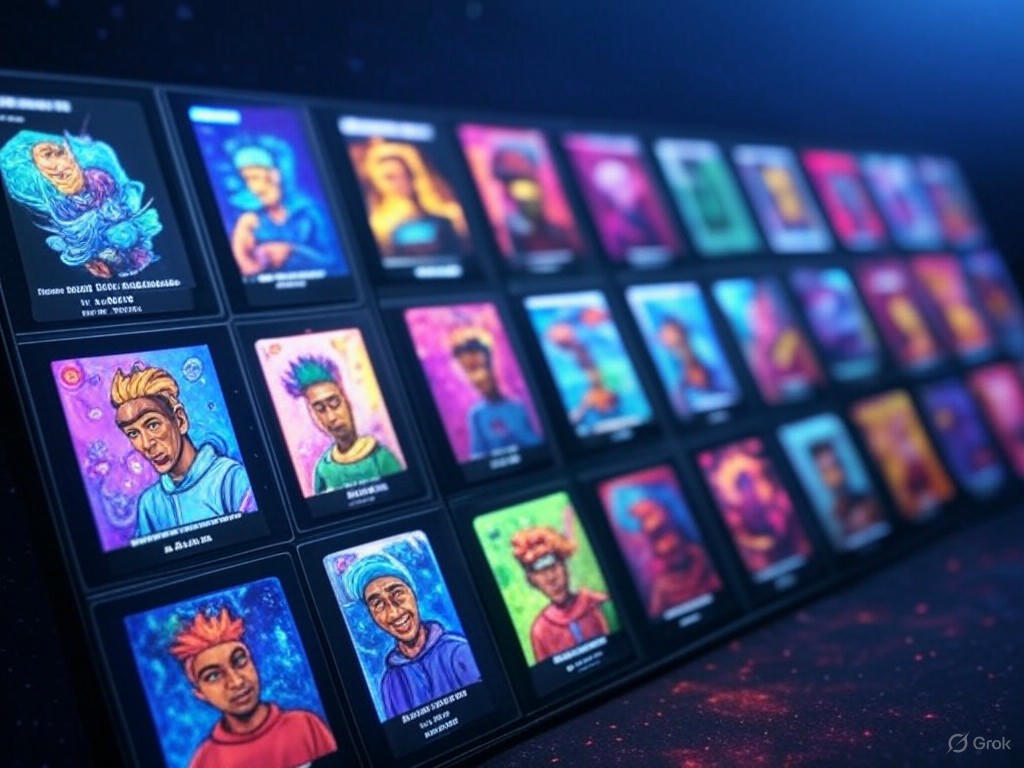In the evolving landscape of digital gaming, the integration of Non-Fungible Tokens (NFTs) into game economies represents a significant shift. This article explores the challenges and opportunities that arise from blending NFTs with traditional game economies, focusing on aspects such as blockchain integration, virtual currencies, game design, player engagement, tokenomics, scalability, security, and interoperability.
Understanding NFTs in Game Economies
NFTs, unique digital assets stored on a blockchain, have found a niche in gaming by allowing players to own, buy, and sell in-game items as verifiable assets. This integration aims to enhance the value and engagement of game economies by providing players with true ownership over their virtual possessions.

Challenges of NFT Integration
Blockchain Integration and Scalability: One of the primary challenges is integrating blockchain technology into existing game infrastructures. Blockchain's scalability issues can lead to slower transaction times and higher costs, which can detract from the gaming experience.
Security Concerns: With the rise of NFTs, ensuring the security of these assets becomes paramount. The risk of hacks and fraud increases, necessitating robust security measures to protect players' investments.
Game Design and Player Engagement: Adapting game design to incorporate NFTs requires a delicate balance. Developers must ensure that the introduction of NFTs enhances rather than hinders player engagement. Over-reliance on NFTs can alienate players who are not interested in the blockchain aspect of gaming.
Opportunities for NFT Integration
Tokenomics and Virtual Currencies: NFTs can introduce new economic models within games, leveraging tokenomics to create more dynamic and engaging economies. By using virtual currencies tied to NFTs, games can offer new ways for players to earn and spend within the game world.
Interoperability: The potential for NFTs to be used across different games and platforms offers exciting possibilities for interoperability. This could lead to a more unified gaming ecosystem where assets from one game can be utilized in another, enhancing the overall value and utility of NFTs.
Enhanced Player Ownership and Engagement: By giving players true ownership over their in-game items, NFTs can increase player engagement and investment in the game. This sense of ownership can lead to a more vibrant and active player community.

Conclusion
Integrating NFTs into game economies presents both challenges and opportunities. While issues such as scalability, security, and game design need careful consideration, the potential for enhanced player engagement, new economic models, and interoperability offers promising prospects for the future of gaming. As the technology and its applications continue to evolve, the gaming industry must navigate these complexities to harness the full potential of NFTs.